Starting An African Violet - Growing African Violet Plants With Seeds
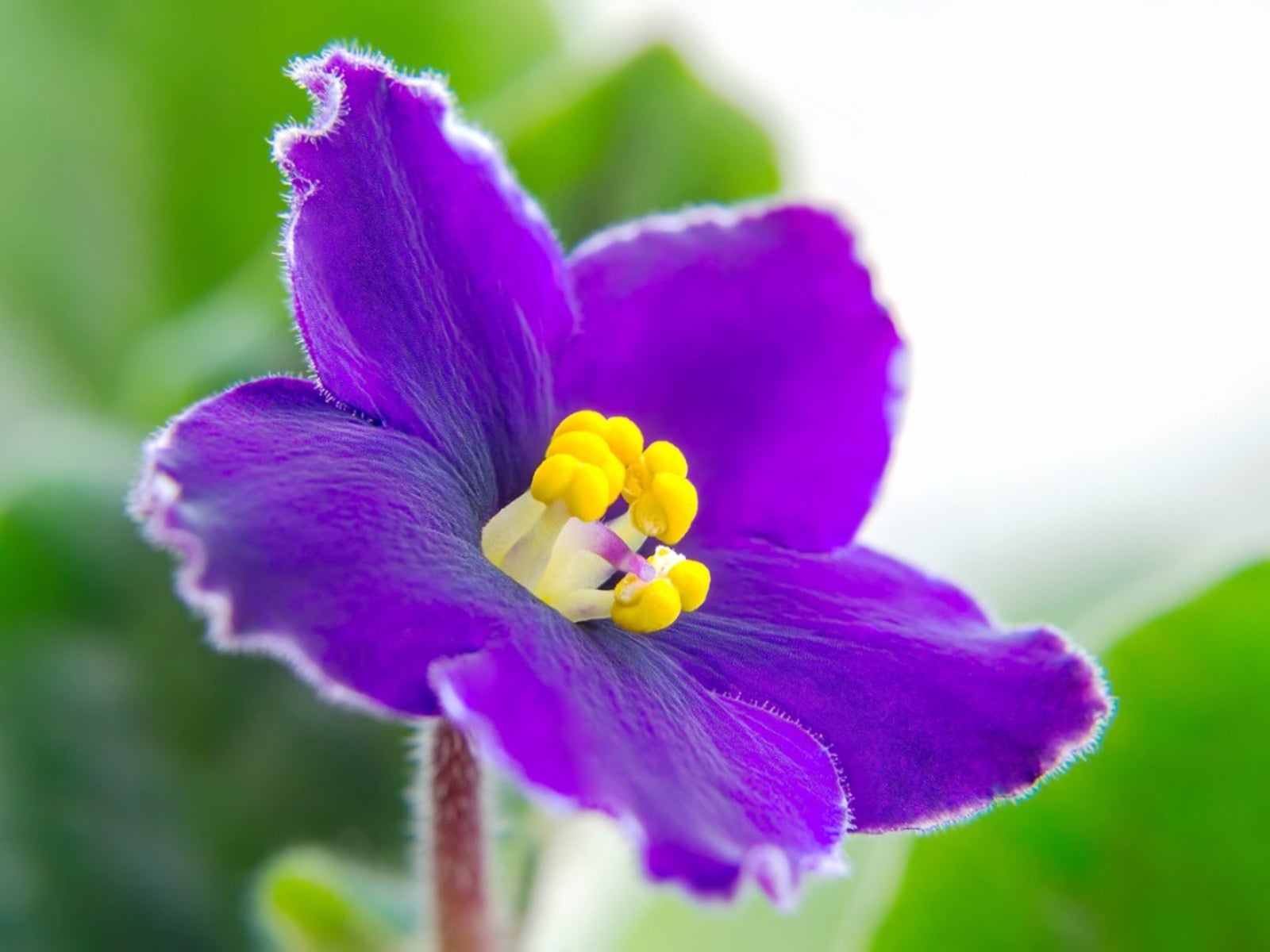

An African violet plant is a popular home and office plant due to the fact that it will happily bloom in low light conditions and needs very little care. While most are started from cuttings, African violets can be grown from seed. Starting an African violet from seed is a little more time consuming than starting cuttings, but you'll end up with many more plants. Keep reading to learn how to start African violets from seed.
How to Get Seeds from African Violets
It is often easiest to simply buy your African violet seeds from a reputable online seller. African violets can be tricky when it comes to forming seeds and, even when they do, the plants grown from the seeds rarely look like the parent plant. Despite this, if you would still like to get seeds from your African violets, you will need to hand pollinate the plant. Wait until the flowers start to open and take note of which flower opens first. This will be your “female” flower. After is has been open for two to three days, watch for another flower to open. This will be your male flower. As soon as the male flower is open, use a small paintbrush and gently swirl it around the center of the male flower to pick up pollen. Then swirl it around the center of the female flower to pollinate the female flower. If the female flower was successfully fertilized, you will see a pod form in the center of the flower in about 30 days. If no capsule forms, the pollination was not successful and you will need to try again. If the pod forms, it takes about two months for it to fully mature. After two months, remove the pod from the plant and carefully crack it open to harvest the seeds.
Growing African Violet Plants from Seeds
Planting African violet seeds starts with the right growing medium. A popular growing medium for starting African violet seeds is peat moss. Fully dampen the peat moss before you start planting the African violet seeds. It should be moist but not wet. The next step in starting an African violet from seed is to carefully and evenly spread the seeds over the growing medium. This can be difficult, as the seeds are very small but do the best that you can to spread them evenly. After you have spread the African violet seeds, they don't need to be covered with more growing medium; they are so small that covering them even with a small amount of peat moss can bury them too deeply. Use a spray bottle to lightly mist the top of the peat moss and then cover the container in plastic wrap. Place the container in a bright window out of direct sunlight or under fluorescent lights. Make sure the peat moss stays moist and spray the peat moss when it starts to dry out. The African violet seeds should germinate in one to nine weeks. The African violet seedlings can be transplanted to their own pots when the largest leaf is about 1/2 inch (1 cm.) wide. If you need to separate seedlings that are growing too close together, you can do this when the African violet seedlings have leaves that are about 1/4 inch (6 mm.) wide.
Gardening tips, videos, info and more delivered right to your inbox!
Sign up for the Gardening Know How newsletter today and receive a free copy of our e-book "How to Grow Delicious Tomatoes".

Heather Rhoades founded Gardening Know How in 2007. She holds degrees from Cleveland State University and Northern Kentucky University. She is an avid gardener with a passion for community, and is a recipient of the Master Gardeners of Ohio Lifetime Achievement Award.
-
 Zinnias On Repeat: 10 Glorious Cut-And-Come-Again Varieties For Endless Summer Bouquets
Zinnias On Repeat: 10 Glorious Cut-And-Come-Again Varieties For Endless Summer BouquetsThese zinnia varieties keep giving all summer, making them the perfect choice for dedicated cutting gardens – or just the occasional homegrown bouquet.
By Ellen Wells
-
 Create A Romantic Garden Straight Out Of Bridgerton: Regency Era Romance In Your Garden
Create A Romantic Garden Straight Out Of Bridgerton: Regency Era Romance In Your GardenTry some romantic garden ideas straight out of Bridgerton. Flowers and gardens in the Regency era were lush and charming and you can get the same look!
By Bonnie L. Grant
-
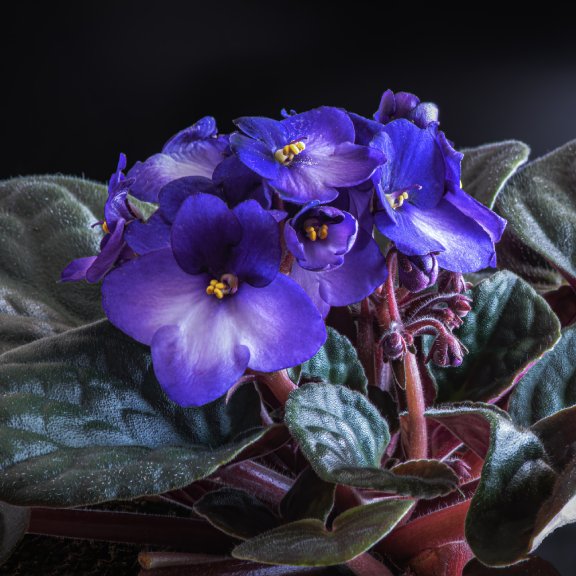 African Violets: Complete Care And Growing Guide
African Violets: Complete Care And Growing GuideFor people who love these sweet plants, African violet care is easy and fun. Knowing what they need is the key.
By Mary Ellen Ellis
-
 What Are Episcia Plants – Learn About Caring For Episcia Varieties
What Are Episcia Plants – Learn About Caring For Episcia VarietiesGrowing Episcia plants adds eye catching appeal to household décor. These colorful houseplants can test the hand of the most experienced green thumb.
By Laura Miller
-
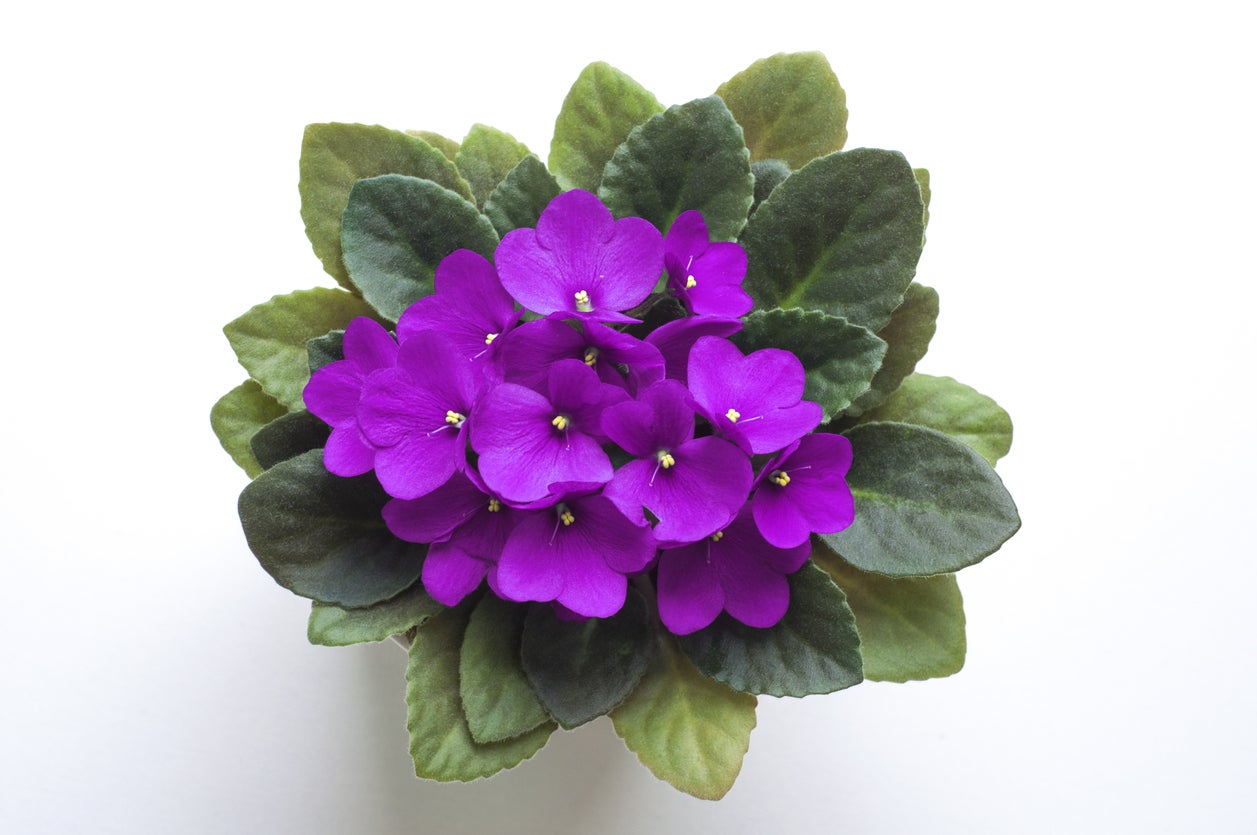 African Violet Flowering Needs: Tips For Getting African Violets To Bloom
African Violet Flowering Needs: Tips For Getting African Violets To BloomMost African violets are sold when flowering. After that, people can have trouble getting them to bloom. What should you do if your African violate won’t flower? Click here for info on African violet flowering needs and tips on how to make African violets bloom again.
By Teo Spengler
-
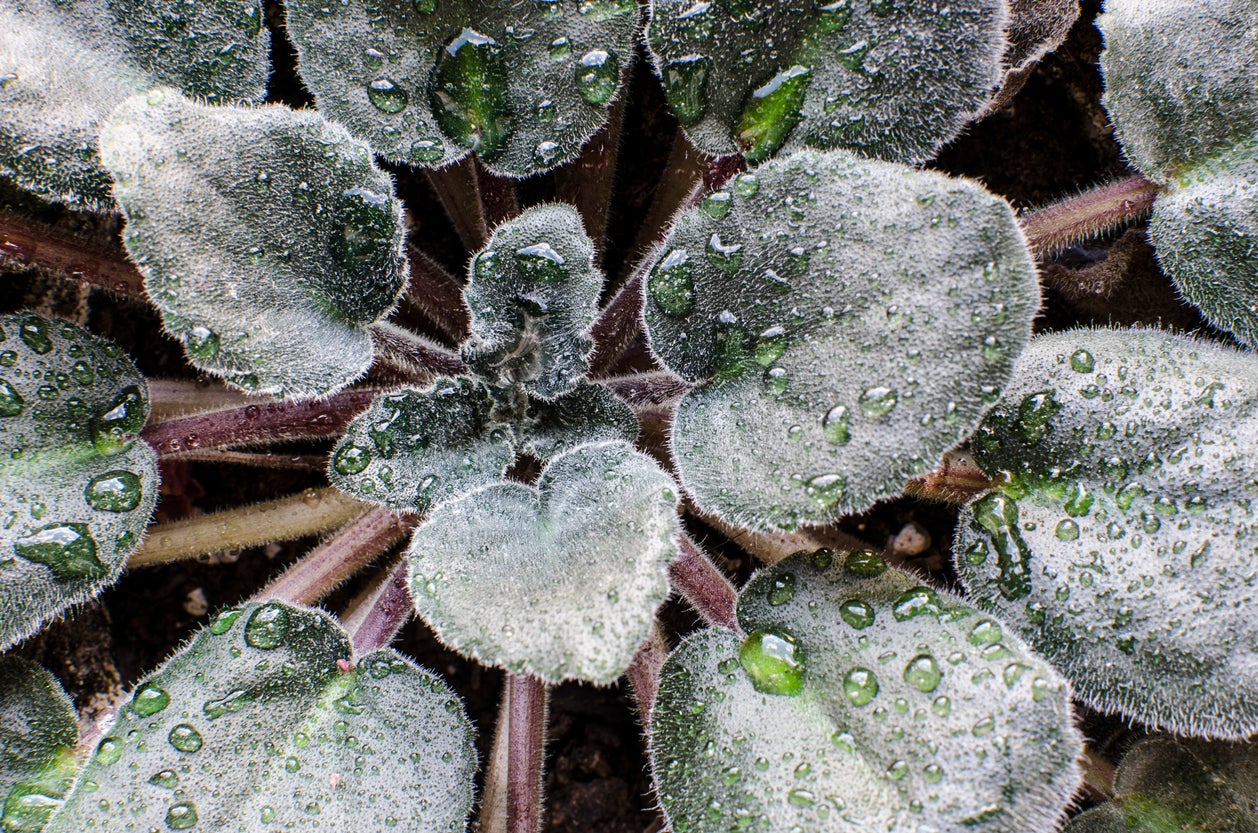 African Violet Watering Guide: How To Water An African Violet Plant
African Violet Watering Guide: How To Water An African Violet PlantWatering African violets isn’t as complicated as you may think. Actually, these charming, old-fashioned plants are surprisingly adaptable and easy to get along with. Wondering how to water an African violet? Click here to learn more about African violet water needs.
By Mary H. Dyer
-
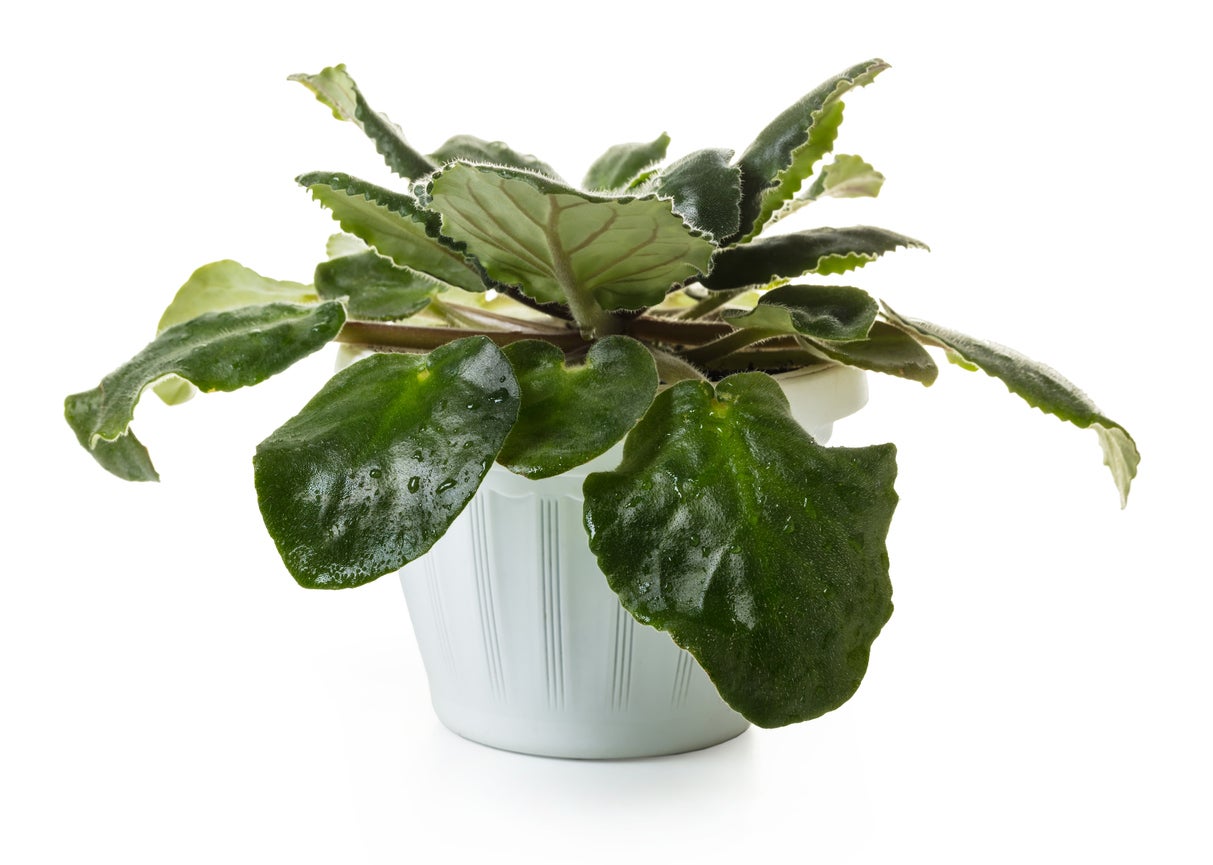 African Violet Leaves Are Curling – What Do Curling African Violet Leaves Mean
African Violet Leaves Are Curling – What Do Curling African Violet Leaves MeanAfrican violets are among the most popular flowering houseplants. But there can be issues with these houseplants. If your African violet leaves are curling, there are a few potential causes and easy solutions. Click this article for more information.
By Mary Ellen Ellis
-
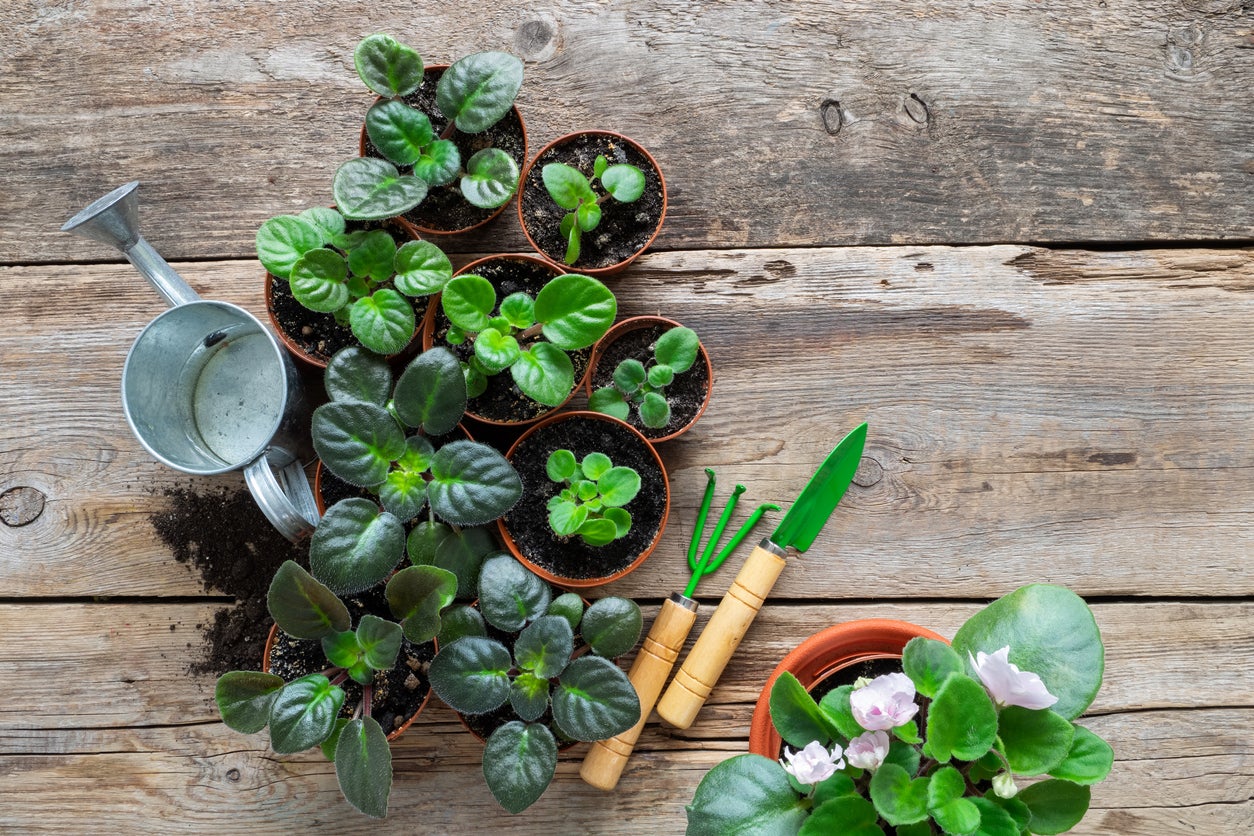 African Violet Repotting – How To Repot African Violets
African Violet Repotting – How To Repot African VioletsAfrican violets can live a long time, as long as 50 years! To get them there, you need to provide good care which includes repotting African violets. The trick is knowing when to repot an African violet and what soil and container size to use. This article will help with that.
By Bonnie L. Grant
-
African Violet Nematode Control: Treating Root Knot Nematodes In African Violet
Nematodes of African violet are tiny worms that infest the roots. They are extremely destructive. For information about African violet root knot nematodes, click this article. We’ll also give you tips on African violet nematode control.
By Teo Spengler
-
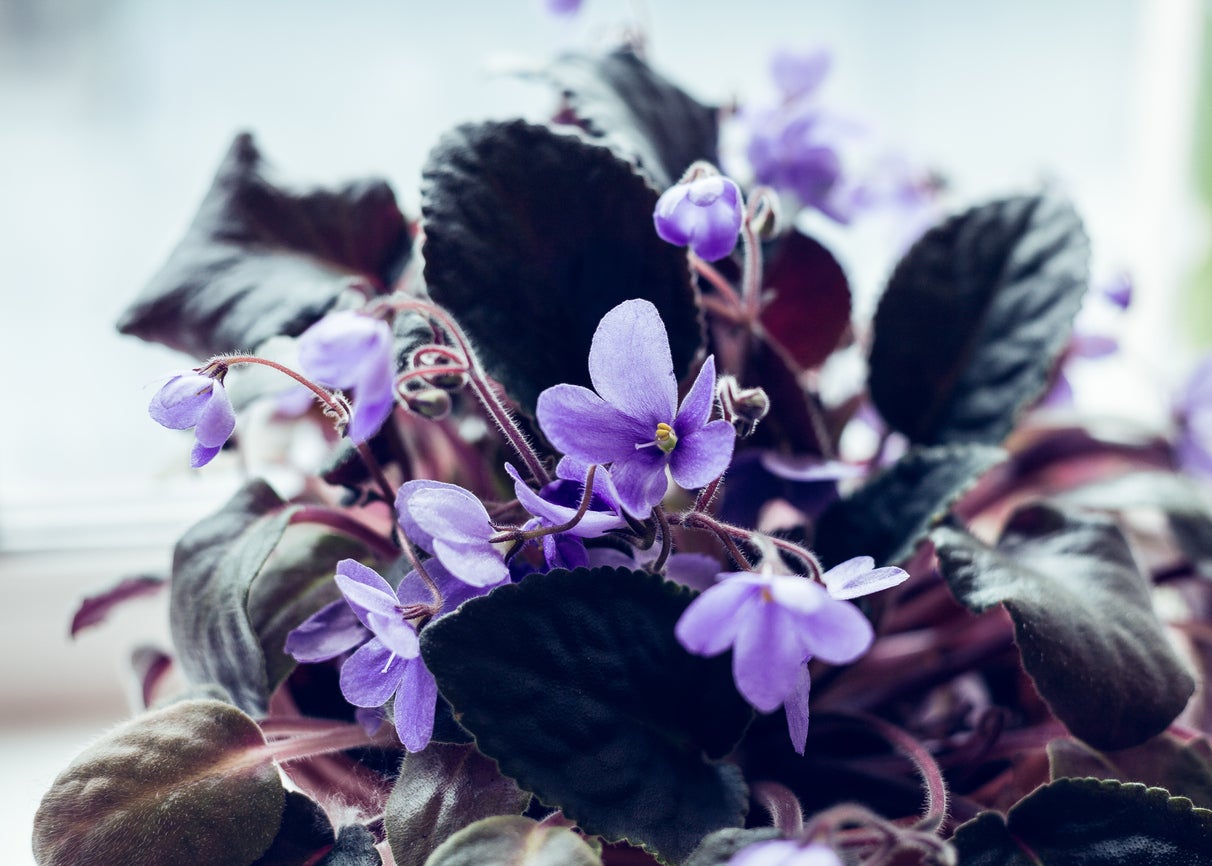 Fertilizing African Violets – Learn How To Feed African Violet Plants
Fertilizing African Violets – Learn How To Feed African Violet PlantsThere are just a few straightforward rules for growing African violets. Water and light needs are two of these, but just as important is how to feed African violet plants. Click on the following article to learn more about African violet feeding.
By Bonnie L. Grant